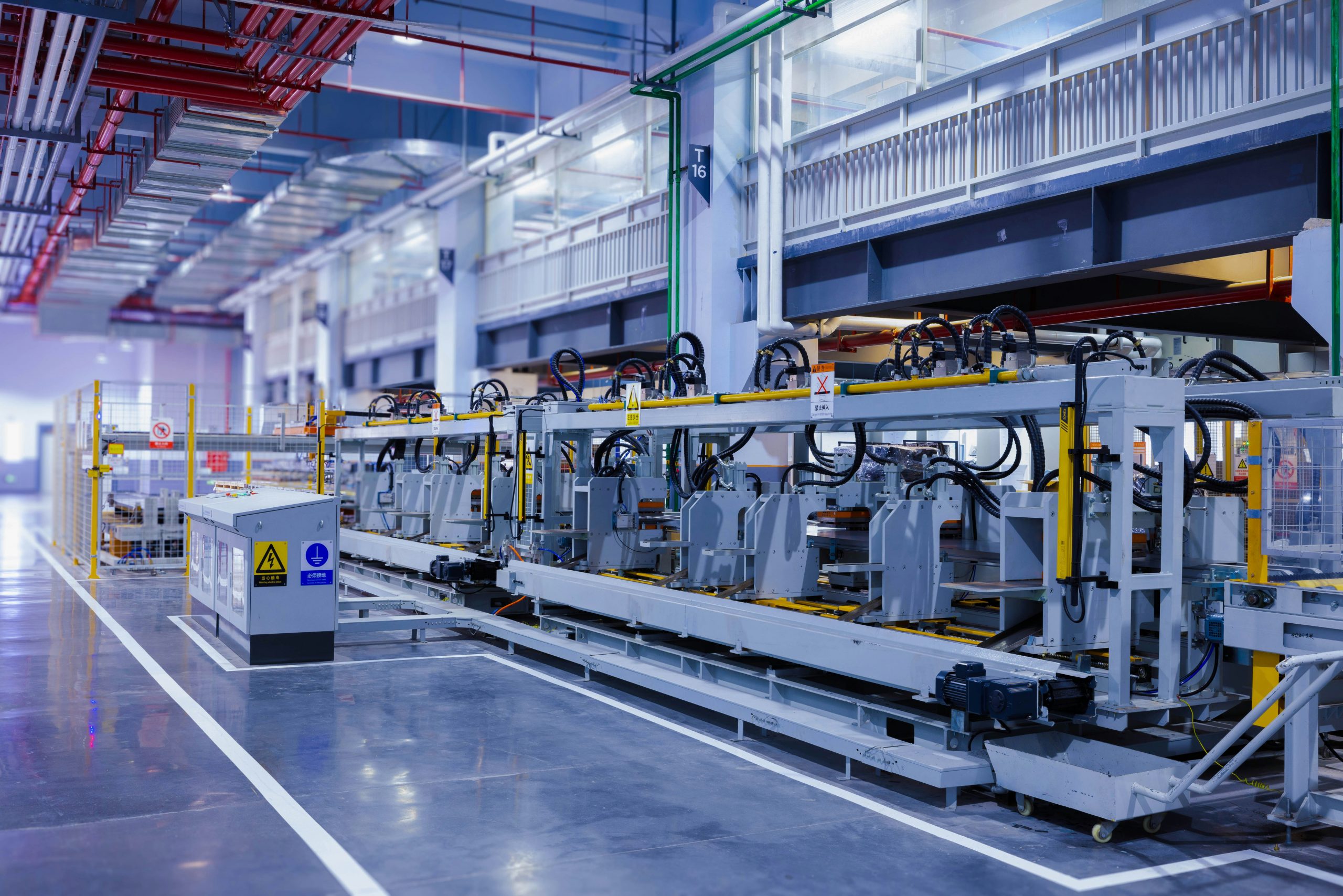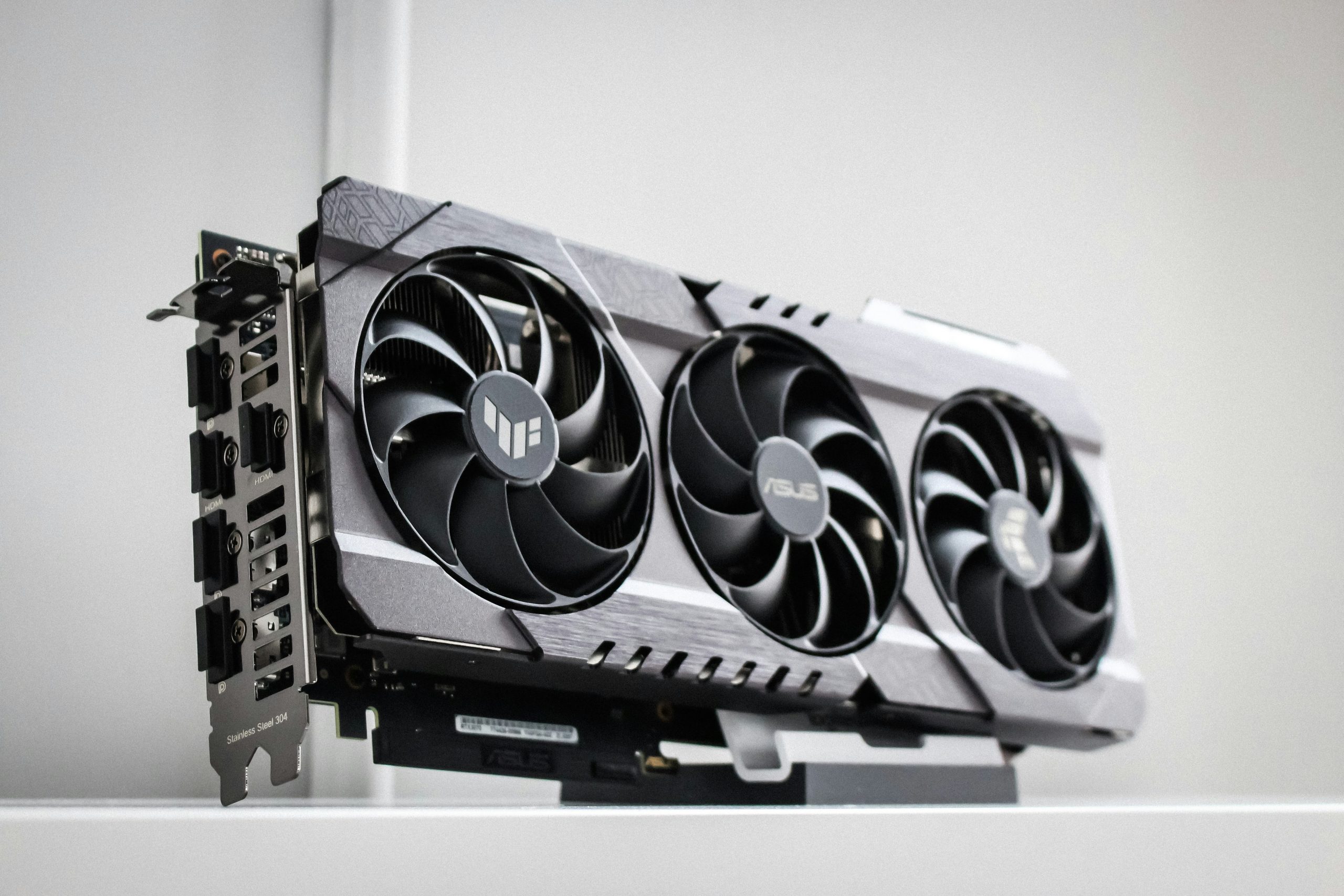Introduction
In today’s competitive manufacturing industry, efficiency isn’t just a goal—it’s survival. From managing raw materials to tracking finished goods, manufacturers face complex workflows and tight deadlines.
That’s where ERPNext comes in — an open-source ERP system built on the Frappe Framework, designed to simplify and automate manufacturing processes.
If you’re running a factory, workshop, or large-scale production unit, ERPNext can help you reduce waste, improve productivity, and boost profitability — all without breaking the bank.
1. Centralized Manufacturing Management
Manufacturing businesses often juggle multiple software systems for inventory, accounting, sales, and production. ERPNext combines them all into one integrated platform, ensuring smooth data flow between departments.
Benefits:
- No duplicate data entry
- Real-time visibility of operations
- Better collaboration between teams
2. Bill of Materials (BOM) Management
A Bill of Materials is the heart of manufacturing. ERPNext allows you to create detailed BOMs that include raw materials, labor, operations, and costs.
Why it matters:
- Accurate production planning
- Cost estimation before production
- Easy BOM versioning for product changes
3. Production Planning & Work Orders
With ERPNext, you can schedule production orders based on material availability and demand forecasts.
Features:
- Auto-create work orders from sales orders
- Track job cards for each operation
- Monitor production progress in real-time
4. Inventory & Warehouse Management
ERPNext helps you manage raw material stock, finished goods, and by-products across multiple warehouses.
Advantages:
- Real-time stock updates
- Automated reordering of materials
- Batch and serial number tracking
5. Quality Control at Every Step
Product quality defines your brand. ERPNext includes quality inspection templates to ensure every batch meets your standards.
How it helps:
- Reduce rework and wastage
- Maintain customer satisfaction
- Keep quality audit records
6. Cost Tracking & Profit Analysis
ERPNext’s manufacturing module gives you a clear picture of actual production costs, including materials, labor, and overheads.
Benefits:
- Identify cost leakages
- Improve pricing strategies
- Boost profit margins
7. Integration with Sales, Purchase & Accounts
Since ERPNext is an all-in-one ERP, it directly connects your manufacturing data with:
- Sales (to track demand)
- Purchasing (to manage suppliers)
- Accounting (to calculate profitability)
8. Cloud or On-Premise – Your Choice
ERPNext is flexible — you can host it on your own servers or use the cloud version. For manufacturing businesses concerned about data privacy, on-premise hosting is a big advantage.
9. Affordable and Open-Source
Unlike proprietary ERP systems that cost lakhs in license fees, ERPNext is free to use with no hidden charges. You only invest in implementation, customization, and training.
Conclusion
For manufacturing businesses, ERPNext is more than just software — it’s a strategic tool that streamlines production, controls costs, and ensures timely delivery.
With its open-source flexibility, scalability, and manufacturing-focused features, ERPNext is the perfect fit for small workshops, medium-scale units, and even large factories.
If you want fewer headaches, more efficiency, and higher profits, ERPNext is worth considering in 2025.








